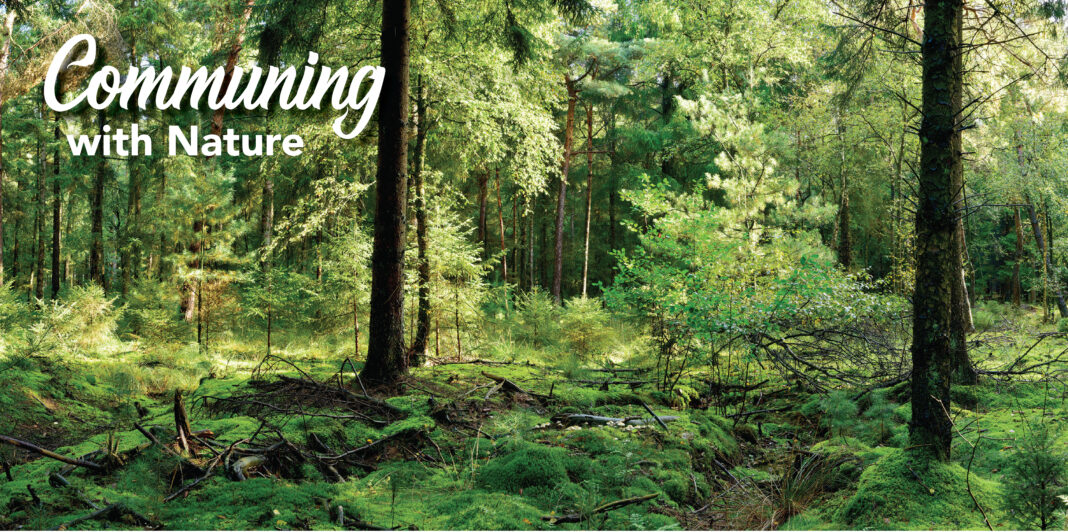Communing With Nature: Nesting in the Pineywoods

The West Gulf Coastal Plain, known by Texans as the Pineywoods, is the most forested part of the State and supports thousands of birds that require these habitats. More than half (57%) of the 600-plus bird species found in Texas are regularly spotted in the Pineywoods, and 132 of these (or 37%) nest in the forests and wetlands.
Let’s look at five of these species who have different, and often surprising nesting habits:
Caracara Pick Prickly Nests: I finally caught sight of my first stunning bird of prey often found in low-lying farmlands and wetlands. Prickly pear cactus is typically plentiful in these areas and they pick the tallest cactus in their hunting area. It gives them a strategic vantage point to catch sight of prey and protect the nest from predators.
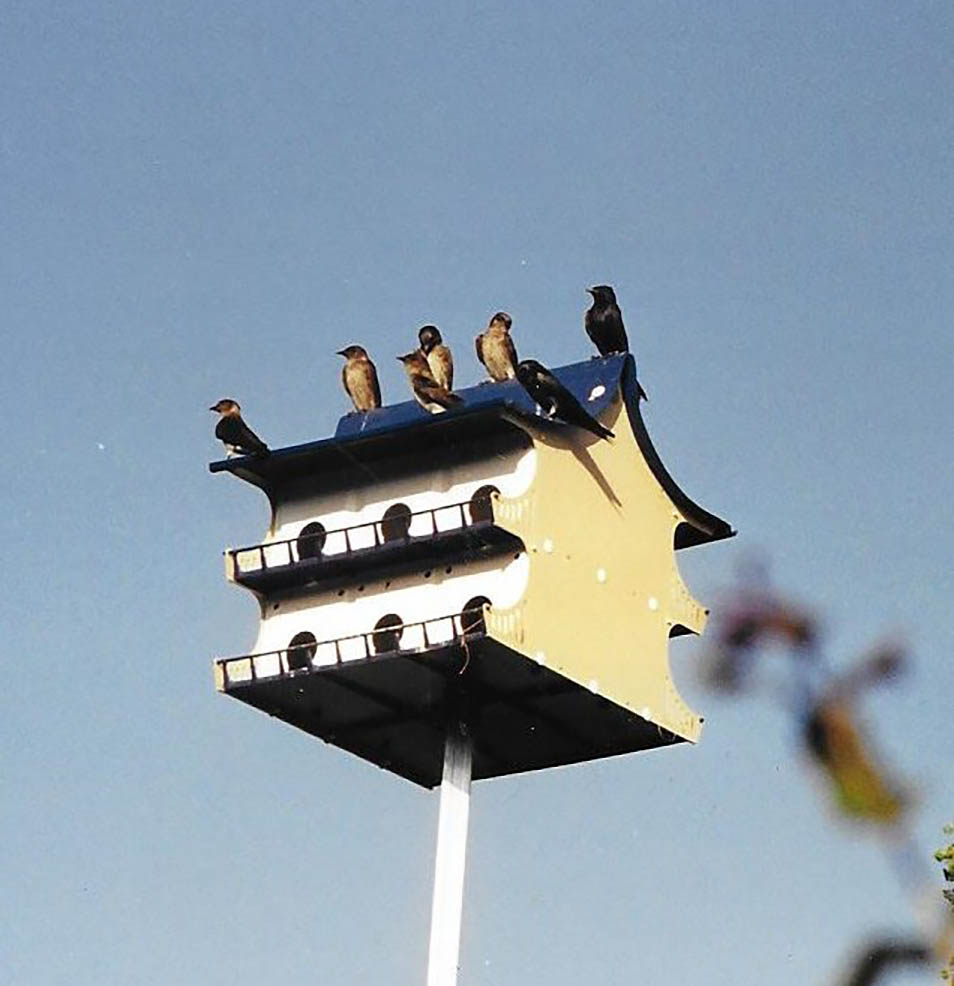
Purple Martin Condos: Part of the swallow family and known for their communal housing habit, martins prefer to nest in large groups within structures made and/or erected by human landlords. Whether in wood or plastic condos or a community of gourds, each nesting pair occupies one compartment. The community is mounted on telescoping poles for easy tending by the landlords. Martins offer hours of fun listening to their happy songs and watching them soar and fledge their young. Oh, and mosquitos are among their favorite foods.
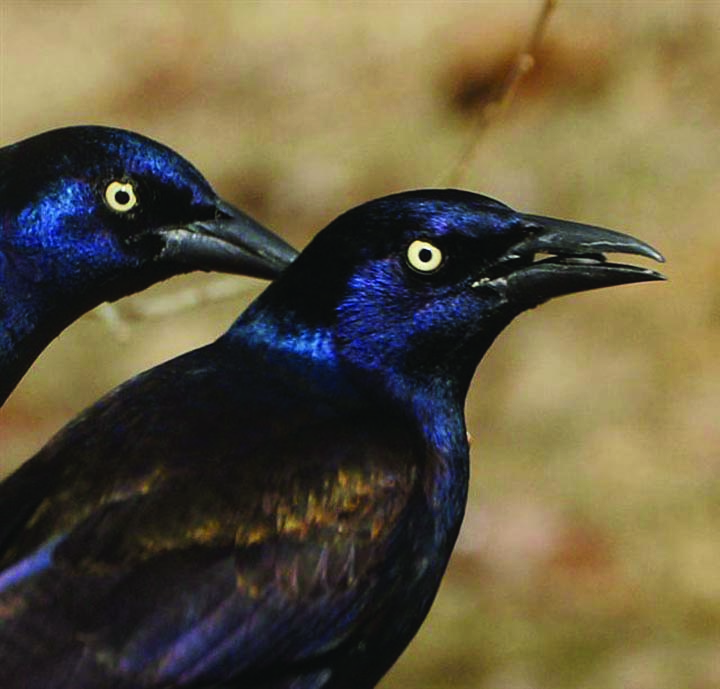
Grackle Invaders: Love them or hate them, Great-tailed Grackles are known for their large, noisy colonies and for invading the homes of other birds for their own nesting. Generally, a group of males invades a neighboring grackle colony, destroys the nests, then attempts to mate with the females. Like the equally aggressive and highly invasive European Starlings, they’ve also been known to take over the nest apartments of purple martins, ejecting or killing parents and tossing babies or eggs out.
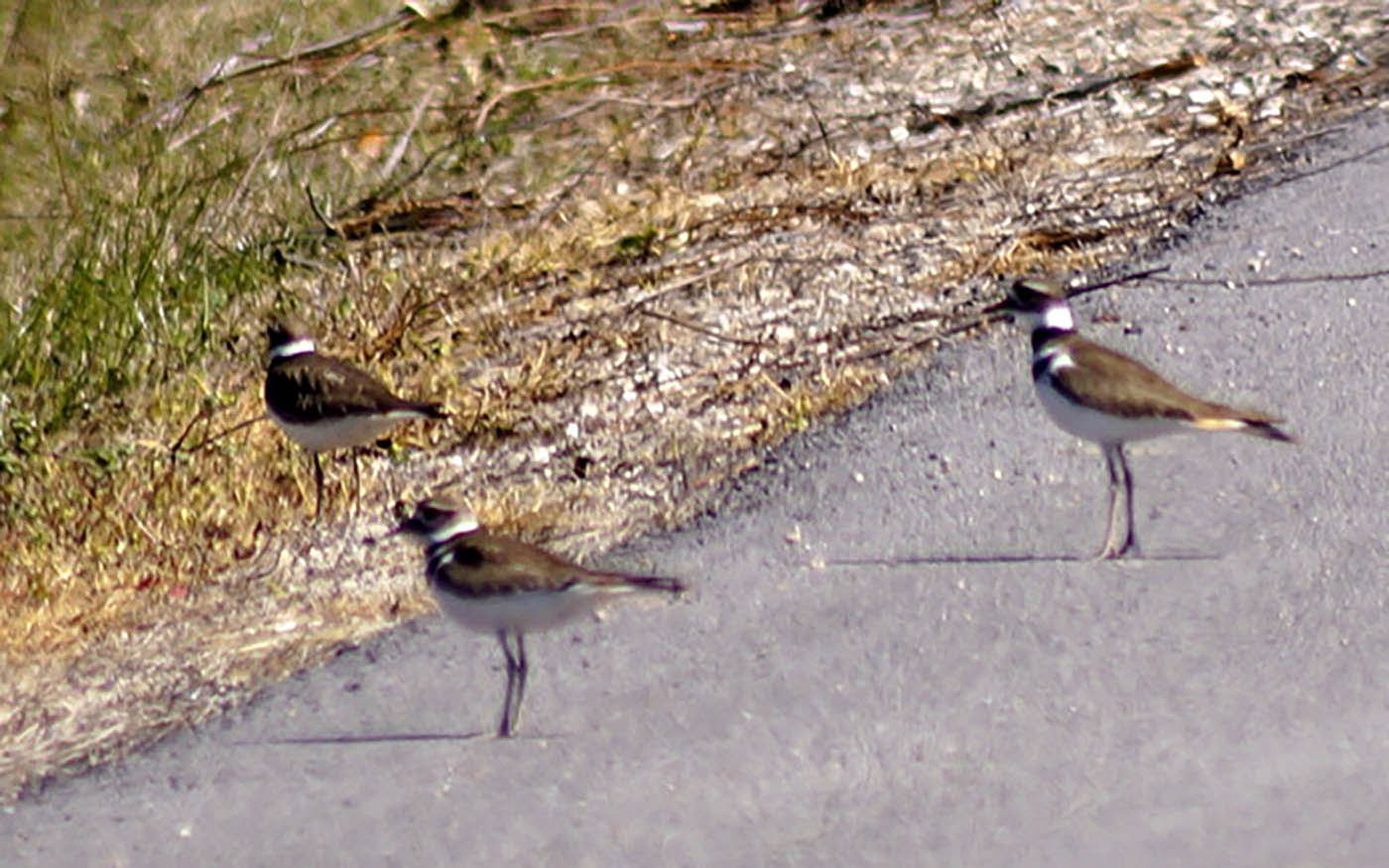
Road Nesting Killdeer: Part of the plover family, these birds spend much of their life on rural roadbeds and parking lots, and nest right there. They often lay their eggs directly on the ground, relying on camouflaged coloration to blend in with the surroundings and protect eggs from predators, as long as it’s not a vehicle.
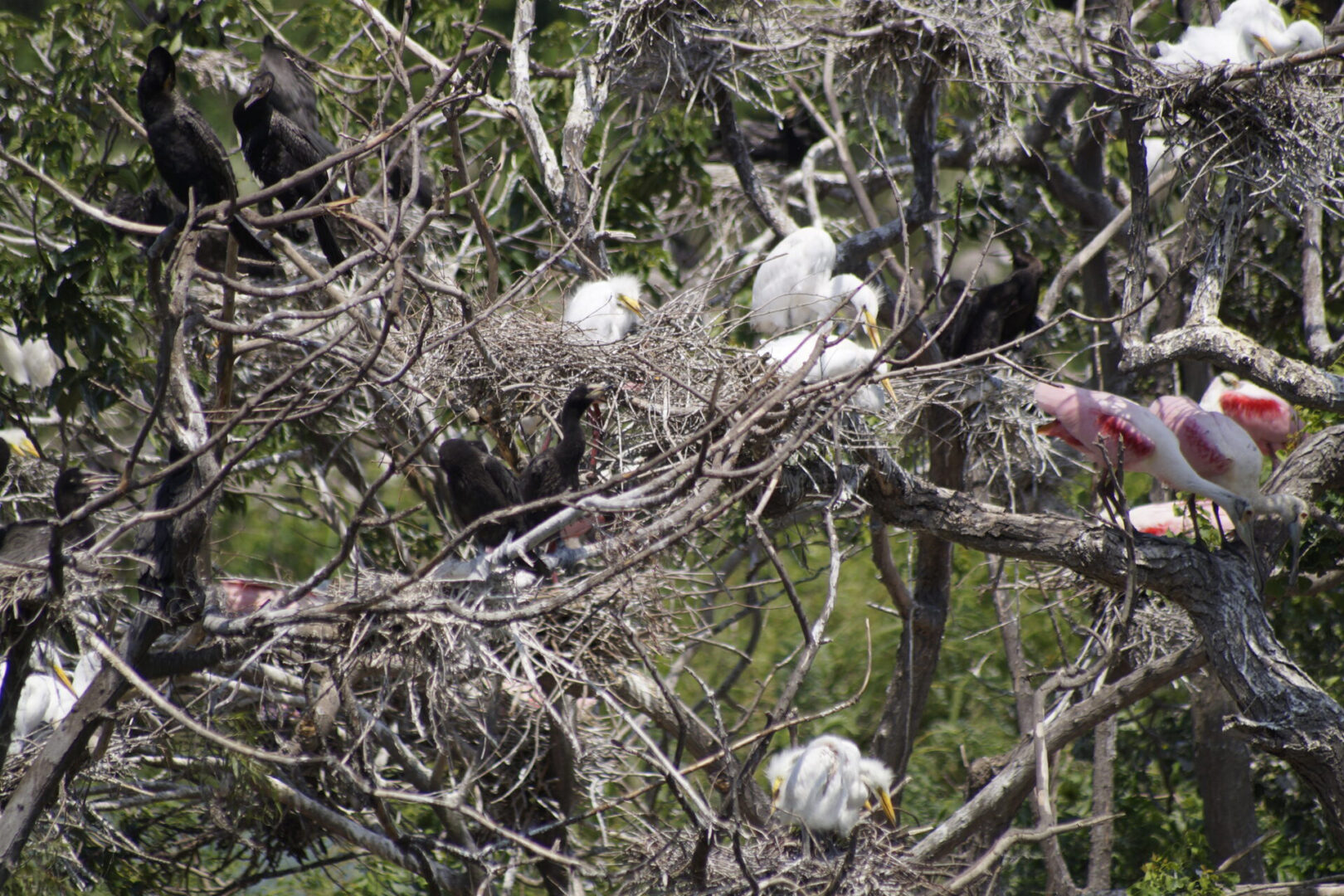
Cavity Nesting Ducks: We mostly see cavity nesting by woodpeckers and owls, some ducks, including Wood Ducks, Mexican Whistling Ducks and the Hooded Merganser will use human-built nest boxes or natural cavities in trees. It’s pretty cool to catch a duck taking aim at the next box erected on a bulkhead and almost dive into the seeming tiny hole.
A large rookery (nesting site) existing for decades at Smith Oaks Rookery & High Island Sanctuaries is home to hundreds of Great Egrets, Roseate Spoonbills, and cormorants, all nesting on a small lake island. It’s a great spring day drive, late February to early April, to hear the cacophony of bird chatter and depending on whether you go early or late, watching the courtship, nest building, and baby rearing. We enjoy going from there down to Bolivar flats near sunset to watch masses of shore birds run the waves.
Learn more about the fun and benefits of spending time in nature. Join a chapter of the Texas Master Naturalist or Texas Master Gardeners. PineyWoods Lakes Master Naturalist serves members across Polk, San Jacinto, Trinity, and Tyler Counties with volunteer opportunities, educational resources and conservation projects. txmn.org/pineywoodlakes SJC Master Gardeners serves members in San Jacinto and Polk Counties by sharing their time, knowledge, and expertise to improve the quality of life for neighbors and area visitors. txmg.org/sjmg.


